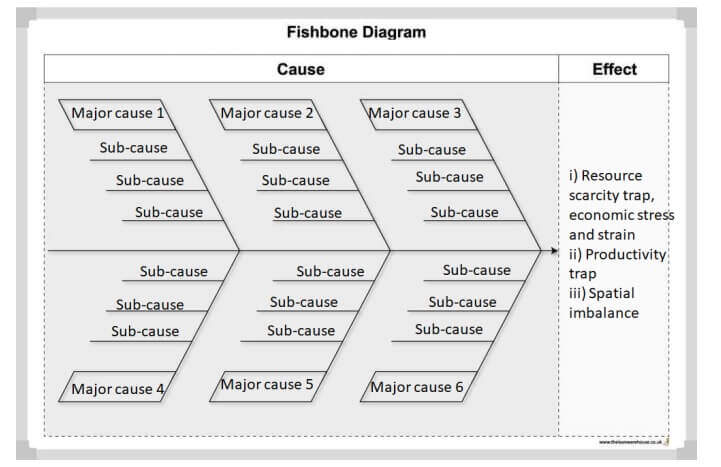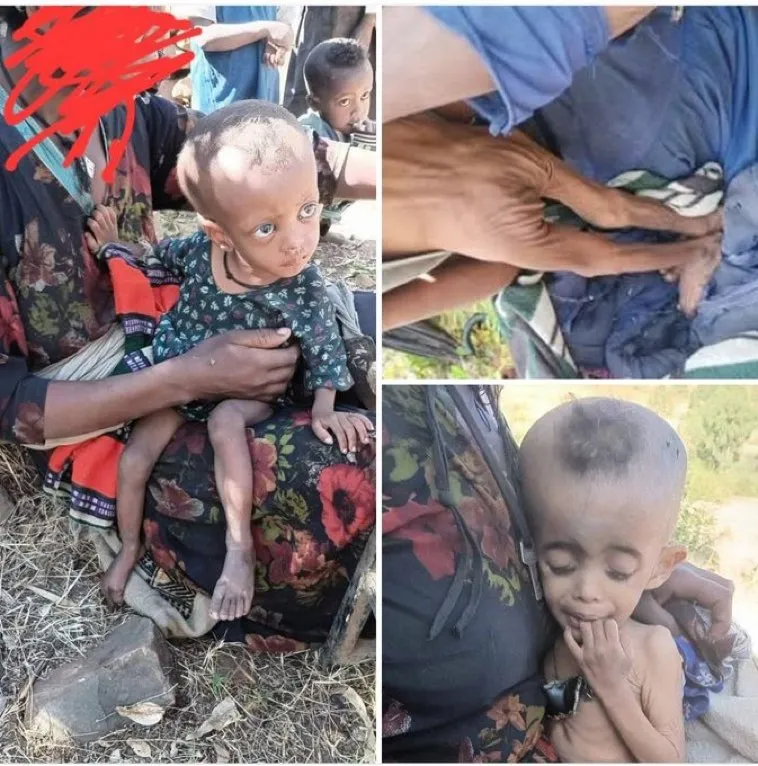Tsegaye Tegenu, PhD
2023-09-09
This part discusses one of the third steps of the Economic Strategic Vision Roadmap making, namely choice of vision goals. As discussed in Part Four, the economic vision of the Ethiopian people and Government is the “creation of post-scarcity economy in which resources and goods are so abundant that they are no longer considered scarce for fast growing population of the country”.
This vision is a long-term perspective, but how do we know that we have reached to this ultimate purpose. We need goals: specific, measurable, relevant and achievable objectives that shows the realization of the vision. Think of a vision as the destination on a map, and goals as the individual checkpoints or milestones along the journey to reach that destination.
Think of your vision of traveling to Addis Abeba, your desired destination. To reach the destination of Addis Ababa, you set various milestones or goals to make the journey more manageable and track progress. For example, you save money to cover your whole expenses, you book flight, you plan what to visit in Addis Abeba, you pack and prepare. Each of these goals serves as a milestone along the journey to reach the vision of visiting Addis Abeba. These milestones make the vision of experiencing Addis Abeba more achievable and provide a sense of progress as each one is accomplished.
Similarly, there are three goals which track the progress of the vision of “creating post-scarcity economy” in Ethiopia. These are: i) private sector and market development, ii) manufacturing led structural transformation, and c) spatial transformation (see figure).
Why select only these three goals and not others such as Millenium development goals (Eradicate Extreme Poverty and Hunger, Achieve Universal Primary Education, Promote Gender Equality and Empower Women, Reduce Child Mortality, Improve Maternal Health, Combat HIV/AIDS, Malaria, and Other Diseases, Ensure Environmental Sustainability, and Develop a Global Partnership for Development). Using market language, I may say that these (MDGs) goals primarily address demand-side issues rather than supply-side issues.
The selection of goals thus depends on once perspective, framework of analysis and intentions. In my case, the goals focus on the supply side issues and they are the results of root cause analysis of the development trap and vision formations discussed in parts two and three. The goals refer to the three major manifestations of the development trap in Ethiopia. Overcoming these traps and turning these vicious circles into virtuous circles will set the country on a path of post-scarcity economy.
The first goal is related to the existence of chronic poverty and economic shortages which has created economic stress and strain both on the households and government. This situation and the projected increase in population size indicates the need for abundant resources to cover needs and demands. This is accomplished based on private sector and market development.
When the private sector thrives and markets function efficiently, several benefits and opportunities for resource creation emerge, such as economic growth, wealth accumulation and investment, innovation and technology, global trade, job creation, etc. On the state of the private sector development in Ethiopia see, 3-D System Approach to Private Sector Development in Ethiopia

The second goal is related to the structural and productivity traps discussed in the root cause analysis. The country’s economy is trapped in a subsistence agriculture and rural economy. Two-thirds of Ethiopia’s workers are farmers, and agriculture accounts for about one-third of the country’s GDP. The country’s industrial sector has a relatively small share of current GDP (25Pct) and employment (7Pct), and it has got various challenges to grow.
Today, most of the industrial sector consists of non-tradable construction activity—roads, power plants, buildings—often financed with external funds. Manufacturing, traditionally associated with successful structural transformation, currently accounts for just one-third of Ethiopia’s industrial activity. Higher productivity levels demand more diversified economic structures with more sophisticated goods and services.
For the country, structural transformation and a productivity-driven economy are not a choice but a necessity. Due to rapid labor force growth, unemployment, and underemployment, it is time to move the focus to structural transformation and labor productivity growth. In the context of present-day Ethiopia, what must come first is structural transformation and not input factor growth. For further reference see “What Does the Ethiopian Economy Want”: industrialization-led structural transformation;
Structural Transformation is a Defining Moment that Leads Ethiopia to Modern Development;
Tsegaye Tegenu (PhD) – Ethiopian Business Review
The third goal is related the effects of internal migration-led urbanization. Regional distribution, pattern and growth of towns in Ethiopia is unbalanced. The level of urbanization varies regionally, ranging from nearly 100 per cent in Addis Ababa to 8,7 per cent in southern Ethiopia. The urban structure has uneven character in size and amorphous in functions and it is therefore important to have a spatial transformation vision goal, which involves reshaping the spatial distribution of economic activities, land use, population and resources within the regions of the country. For details on the effects of speedy urbanization in Ethiopia see Urbanization in Ethiopia: Study on Growth, Patterns, Functions and Alternative Policy Strategy
Spatial transformation aims to achieve specific goals, such as sustainability, regional economic development, and improved quality of life. Spatial transformation involves reshaping the spatial distribution of economic activities, resources, and populations within a region or country to achieve specific missions such as regional economic development. For details see How Regions can Develop in Ethiopia: The Need for a Paradigm Shift
Achieving the vision of creating post-scarcity economy requires working on three goals simultaneously. This idea is represented as three-legged stool (see figure). Geometrically speaking, three-legged stool forms a triangle in which the legs are equally spaced giving it stability. This triangular configuration provides stability to the stool because it distributes the weight of the person sitting on it evenly among the three legs.
Similarly, the three goals of the vision should be treated equally to accomplish the vision of creating post-scarcity economy in Ethiopia. If one of the goals of the three-legged vision is shorter than the others, it can significantly affect the stability and balance of the vision. Uneven focus (weight of policy distribution) and any discrepancies in goal length (lack of strategy) should be corrected to ensure proper balance and stability of the vision. A minimum of three legs is needed for a stable equilibrium (vision of superabundance resources).


















